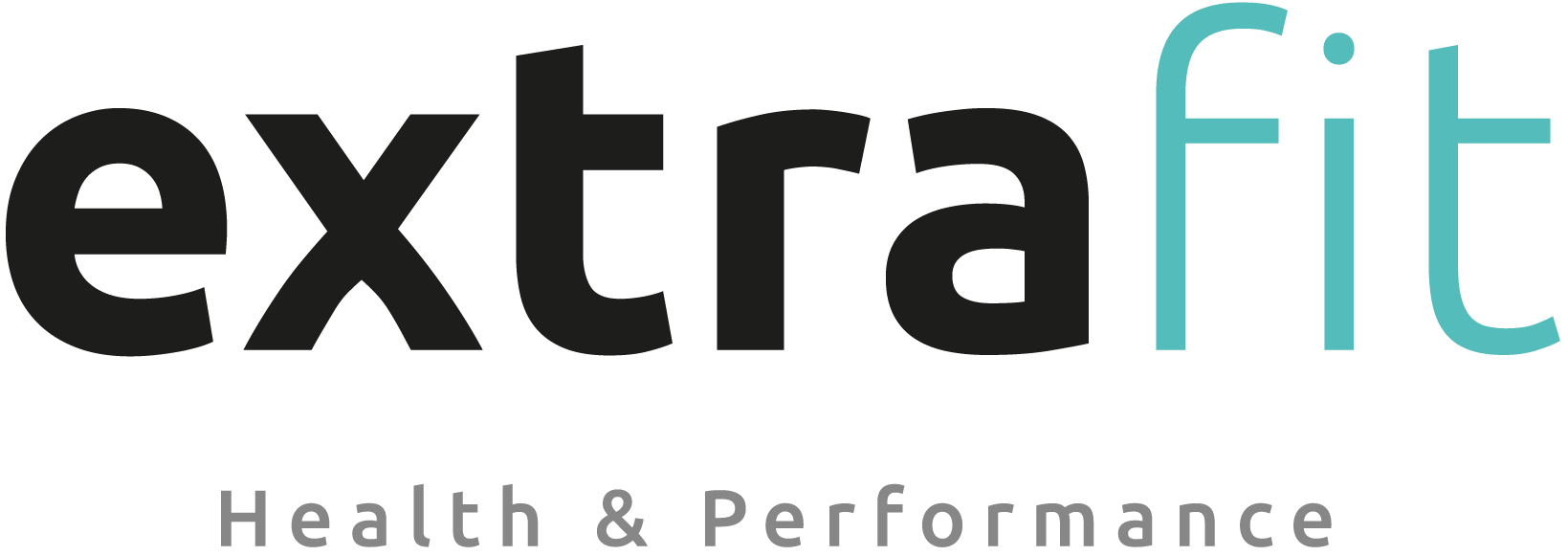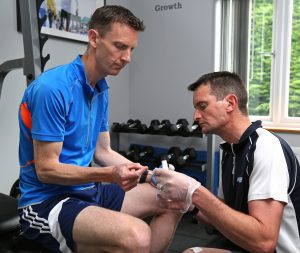Lockdown has given many endurance athletes a bit of time to reflect, allowing them to review their goals and how they view their personal best times in pursuit of improvement. For many it is not just about hitting the time marker, it’s about the enjoyment, creating balance in their life, and importantly giving your body the nutrients it needs in order to sustain & repair itself in the most effective manner.
Always remember when you set yourself the challenge of hitting your personal best you should always design it around boosting your morale, creating achievable targets and ensuring you’re in no danger of overtraining.
How do you set a Personal Best?
We have created a 10 point checklist we look at when working alongside athletes & endurance athletes! Make sure you take the time to review the following: –
- Pick The Right Race. You may have heard people discussing a ‘flat’ course? This generally means that the race has very few hills to climb & if you’re lucky some downhill sections for a speed boost. This is the ideal type of course for achieving a personal best time. Relatively locally, the annual Abingdon marathon is regarded as a great PB course due to its flat nature.
- Hill Training. Science proves that those athletes who hill train have a greater running economy and overall muscle strength. But, also ensure you put in as much effort into developing the technique of running down them as you do up!
- Set a Stopwatch! Let’s face it, a personal best is based on times! Therefore, some of your training sessions should be as well. After setting yourself a target time, then work out what mile or kilometre splits you need to run to achieve that time and start practising running at that pace for progressively longer periods of time. Consult with a coach for assistance or many of the great Apps available now to monitor your pace in different sessions and overall training load.
- Training Times Vs Race Times. If you’ve found your event then pay careful attention to your race start time & ensure you conduct some of your training sessions at similar times. Your body will perform differently at different times in the day. Therefore, consistently training at these times will ensure you have properly conditioned your body – and you will be far more likely to hit your personal best. Practice your ‘pre-race’ and ‘during race’ nutrition and hydration in training as well to make sure everything feels right on the day.
- Strength Train; the ultimate ‘cross-training’ option to add to an endurance program. A growing body of evidence shows that endurance athletes that strength train regularly are more economical in their chosen sport and less likely to get injured.
- Aqua Jogging! Exactly as it sounds – and fun too! This is a great injury-friendly method of cross-training and will help your general aerobic fitness, alongside the ability to develop longer strides.
- Get Your Beauty Sleep! Sleep is a powerful tool and shouldn’t be ignored. Sleep allows your body to rest, recover, and build up energy reserves. Until you can genuinely say you are getting enough sleep (8hrs+ / night) don’t worry about all the other recovery gadgets and modalities that promise so-called ‘marginal gains’.
- A Balanced Diet. If you’re not providing your body with enough nutrients in your daily food intake, then your personal best will be a distant dream. Repairing tissue and replenishing muscle glycogen stores through protein and carbohydrate-rich foods is extremely important, as is avoiding sugar-filled or high fat processed foods! Your body is the best machine you’re ever going to own – make sure you maintain it properly!
- Evaluate Your Running Technique. One of the most common areas of tension in runners we see is in the shoulders, having tightened fists and a stiff neck. To run more efficiently, evaluating your running technique and ensuring you’re not holding tension is key. Relax – and have fun.
- Interval Training. If you vary the speed, duration and intensity of your running in certain training sessions, your body will progressively get more comfortable working at higher intensities for longer. The benefits of interval training are vast – aim to complete 1 session/week of appropriately formulated interval training.
How can you achieve your Personal Best?
First things first, take a peek in the mirror. See that person – that is your competition! To achieve your personal best, you need to challenge that person in the mirror.
“You have to work hard to win. You can’t win if you don’t start doing something about your goal right now. Success and achievement awaits those who can grasp it. If an athlete wants to become a champion, they must work hard at their event, even if it means working for years to reach the goal. Work does things. Hard things take time to do. Impossible things take a little longer. Patience and persistent are the key to success in athletics!”
Percy Cerutty
Our top tips for achieving your personal best:
1. Focus on growth rather than the end goal.
2. Congratulate yourself on gradual progress – after all, this will achieve the long term goal of hitting your personal best as it’s more sustainable.
3. Work on your strengths – not your weaknesses. Countless athletes play multiple sports at school only to then focus & become great at one. If you can identify your natural strength & pursue it with 100% passion – you will simply be growing your given talents in the area you are naturally great at.
4. Pacemakers. No, not the heart kind but more a strategic partnership with another runner or trainer who will keep you motivated & challenge you to do your best.
5. Aim to ‘negative split’ your race – research consistently shows that you will run your best time when you keep yourself in check in the early stages of a race and finish faster and stronger. Pace things the other way around and things will not tend to end well.
Would You Like To Achieve Your Personal Best?
If you can’t measure anything you can’t improve it – right? Our clients often include endurance athletes that have conducted their own tests that estimate various thresholds and training zones – but if you are looking for a clinically accurate measurement specific to you rather than an estimation then look no further than the physiological testing that Extrafit offers.
We offer two types of tests we see as key in measuring & achieving personal best times, these are:-
• VO2MAX Testing & Lactate Profile – Probably the most well-known clinical fitness test, the measured metrics will provide the athlete with personal accurate data that allows for ongoing training and competition at optimised heart rate zones, pace and/or power outputs.
• Metabolic Efficiency & FatMax – This is a vital test for anyone competing in events lasting an hour or more – ½ marathon upwards to Ironman and Ultra-distance running.
For full pricing information for the tests we offer at ExtraFit Health & Performance clinic, please see online here.
It’s always worth noting that we work alongside multiple endurance coaches & personal trainers, so if you’re part of a club, make sure you ask us!
#ExtraFit #HealthIsWealth




